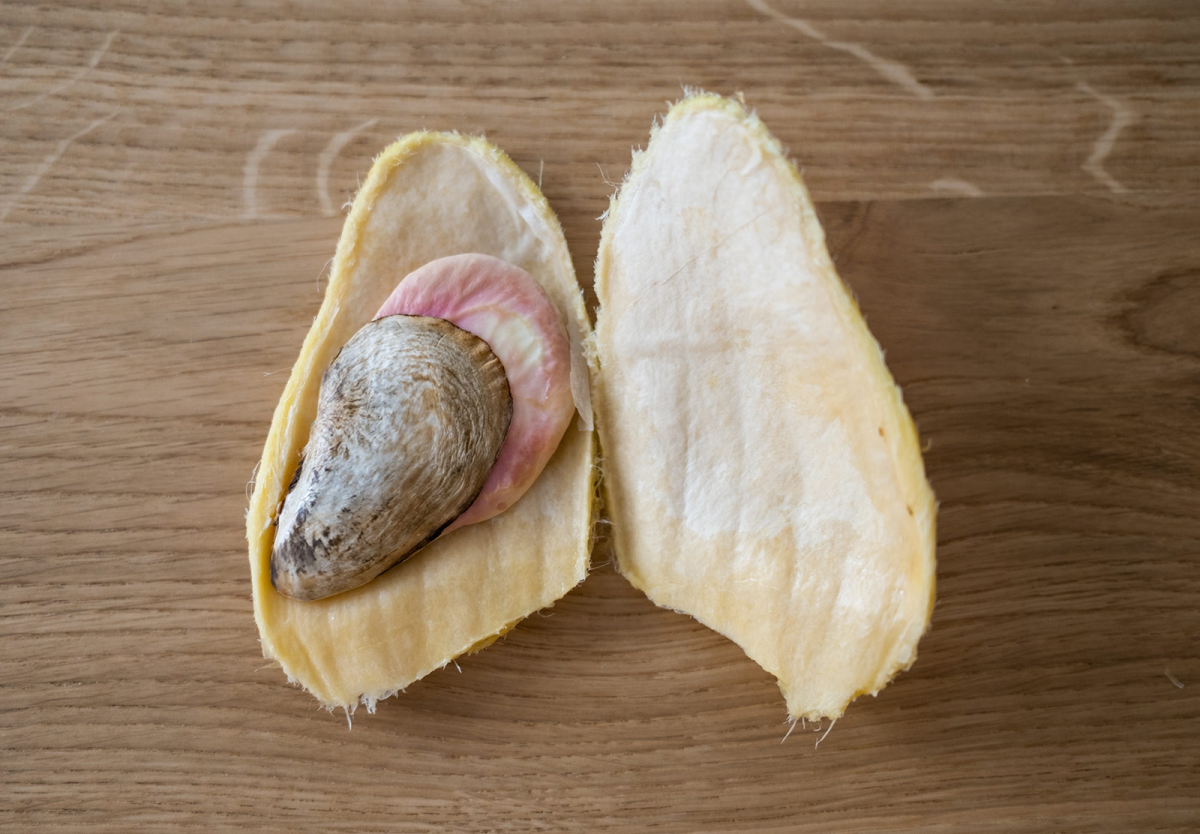How To Grow A Mango Pit Into A Thriving Plant: A Simple Guide
The dream of biting into a juicy mango that grew in your own backyard is not as far-fetched as it might seem. Growing a mango tree from a pit is an endeavor that combines patience, care, and a touch of green-thumb magic. I’ve journeyed through this process myself, transforming a simple mango pit into a thriving mango plant, and I’m here to guide you through each step. Transform a mango pit into a lush tree with patience and a bit of gardening magic How To Grow A Mango Pit Into A Thriving Plant A mango pit, nestled inside the sumptuous […]

The dream of biting into a juicy mango that grew in your own backyard is not as far-fetched as it might seem. Growing a mango tree from a pit is an endeavor that combines patience, care, and a touch of green-thumb magic. I’ve journeyed through this process myself, transforming a simple mango pit into a thriving mango plant, and I’m here to guide you through each step.
Transform a mango pit into a lush tree with patience and a bit of gardening magic

How To Grow A Mango Pit Into A Thriving Plant
A mango pit, nestled inside the sumptuous fruit we all love, is the starting point of what can become a magnificent mango tree. Choosing the right pit is crucial; it should come from a healthy, ripe mango to increase the chances of successful germination. My first attempt taught me the importance of this selection – a healthy beginning is half the battle.
Choosing a healthy mango pit is crucial for growing a successful tree
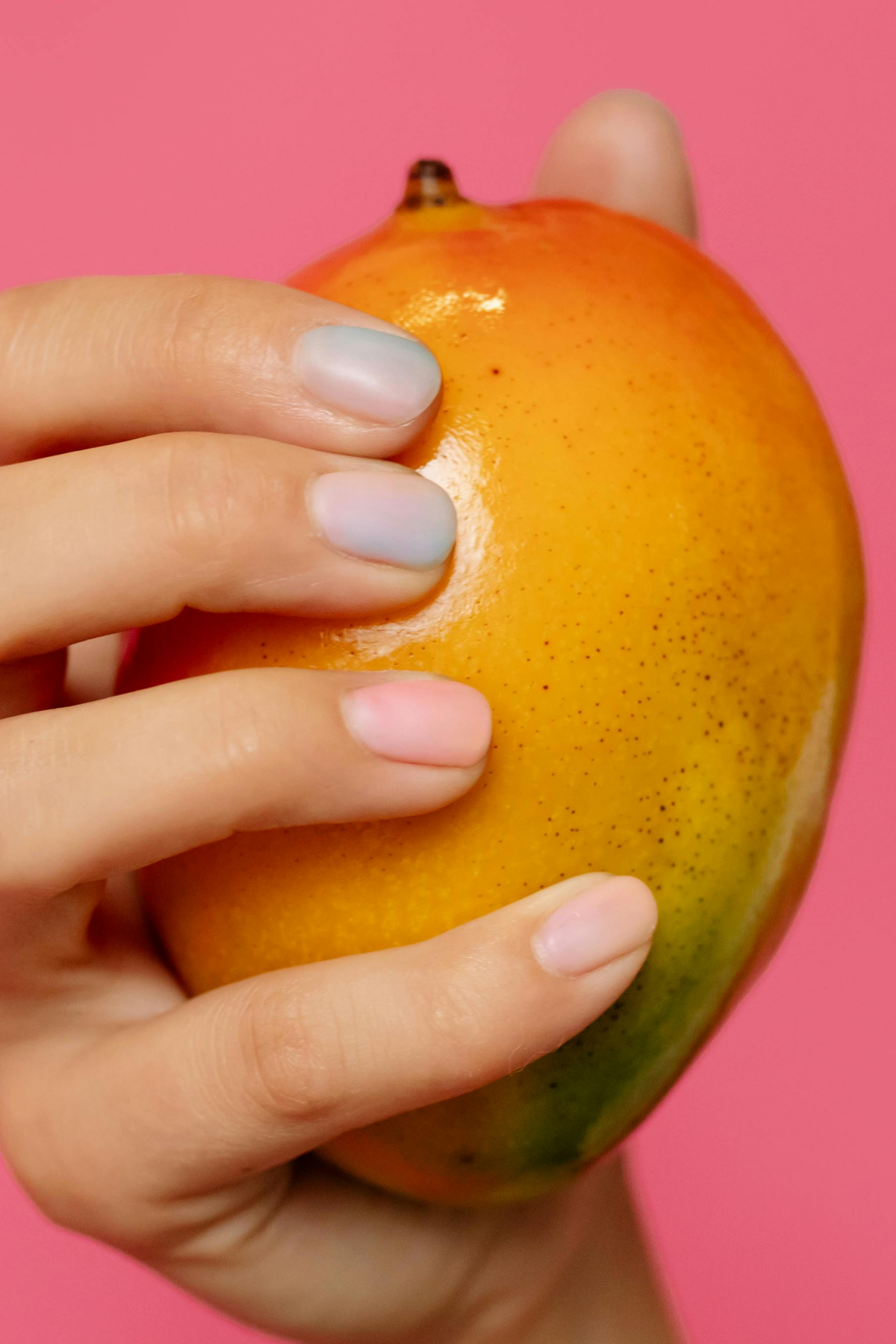
Prepare your mango pit
The preparation of the mango pit is a meticulous but crucial step. First, you must carefully remove the husky outer shell to expose the actual seed inside. This requires a gentle touch to avoid damaging the seed. Once exposed, the seed should be thoroughly cleaned to remove any fruit residue, then allowed to dry for 1-2 days to prevent fungal growth. My personal experience underscores the importance of this drying phase; it significantly reduces the chance of rot during the germination process.
Prepare your pit by cleaning and drying it to kickstart germination
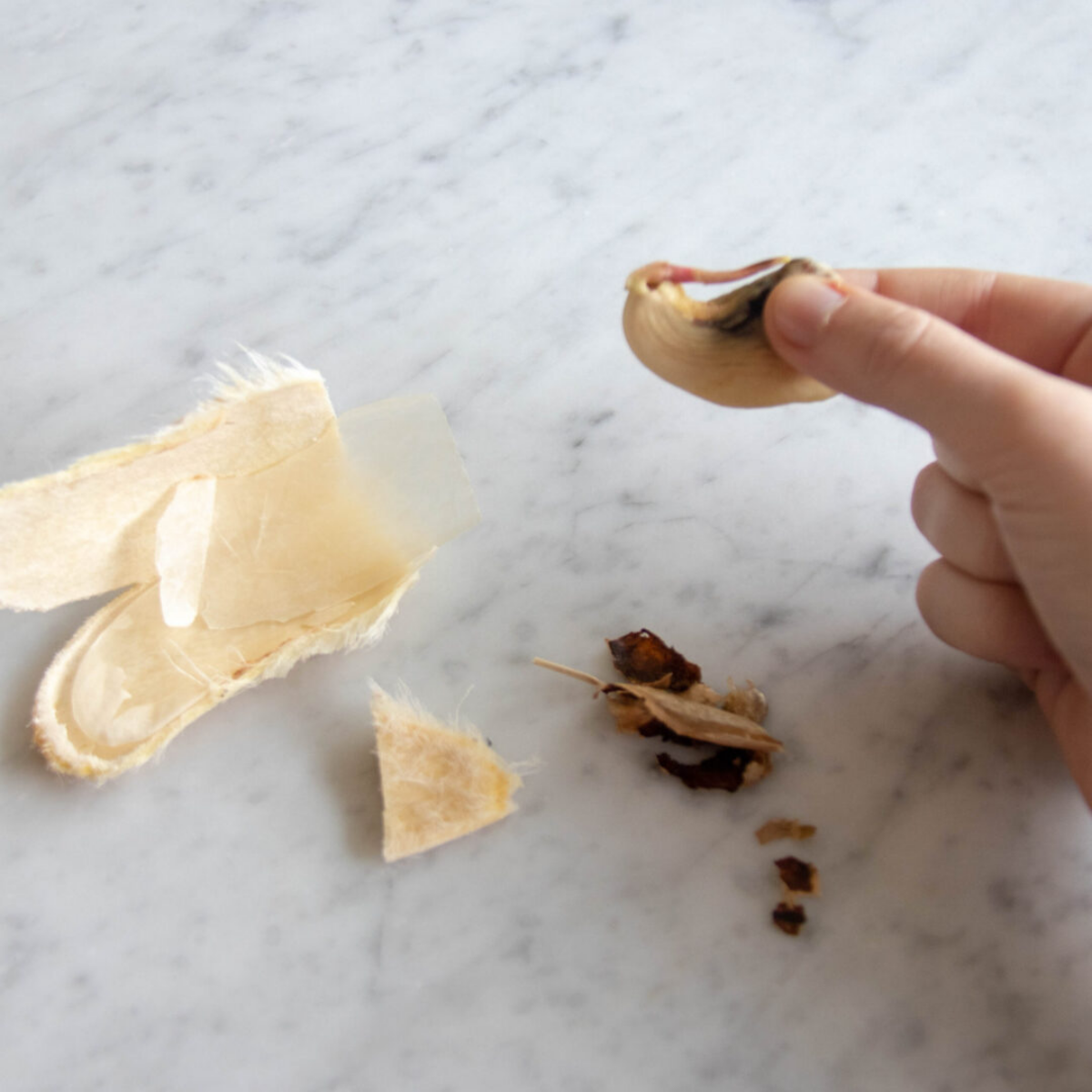
Germination process
Germinating a mango pit is a test of patience and precision. After soaking the cleaned seed in water for 24 hours to moisten and activate the dormant embryo, it should be wrapped in a damp paper towel and placed inside a sealable plastic bag. This makeshift greenhouse should be kept in a warm, dark place. Regular checks are necessary to maintain a consistent moisture level without over-saturating the seed. In my journey, maintaining a temperature around 75-80°F has proven to be the sweet spot for germination.
Germinate your mango pit with warmth and moisture for sprouting success
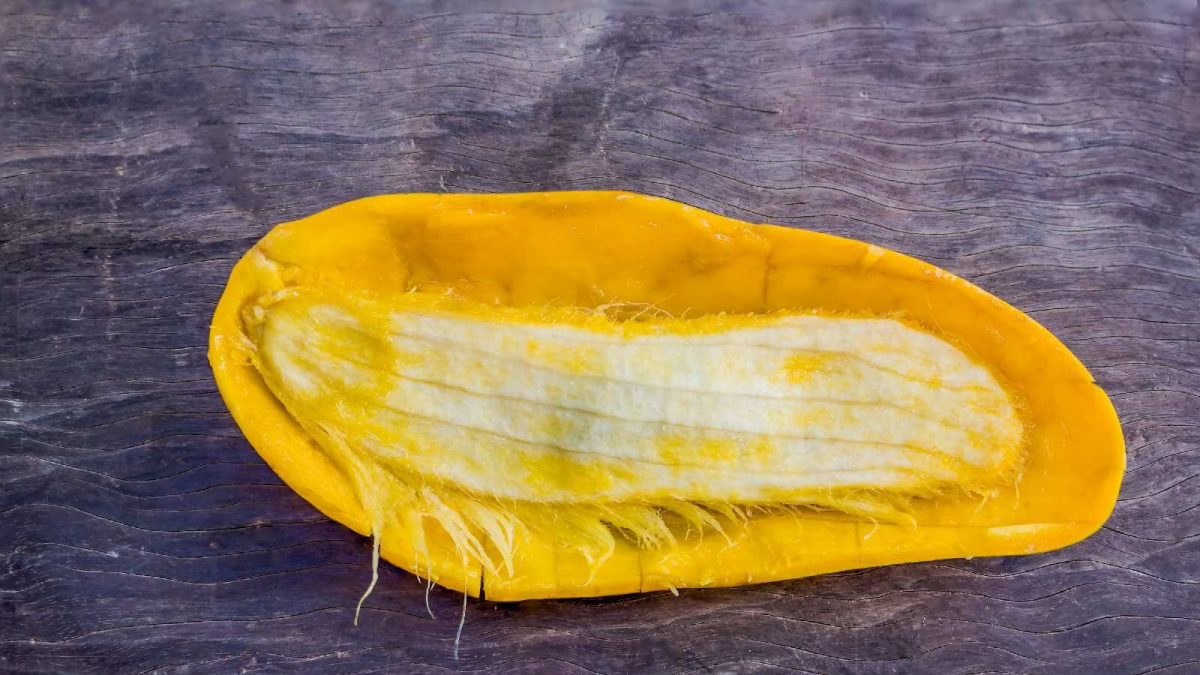
Planting
Once the seed sprouts—a thrilling moment that can take anywhere from 1 to 3 weeks—it’s ready for soil. Selecting a pot with sufficient drainage and filling it with a rich, well-draining potting mix sets the foundation for healthy growth. The sprouted pit should be planted about an inch deep, with the sprout pointing upward. This orientation supports the natural upward growth of the seedling. In my own practice, ensuring the soil is consistently moist but not waterlogged has been key to nurturing a young mango plant.
Plant the sprouted pit in rich soil to nurture a strong seedling
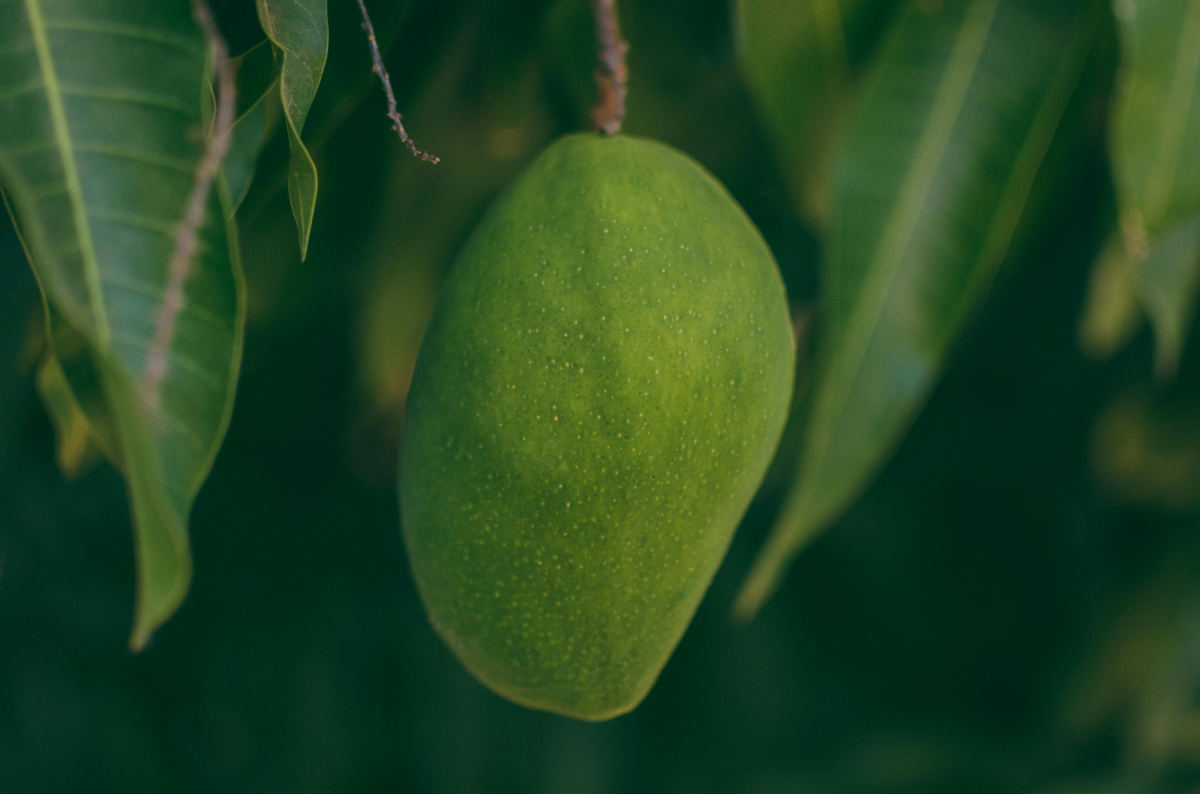
Caring for mango seedlings
The seedling stage is where your mango plant is most vulnerable and requires attentive care. It thrives on bright, indirect sunlight and warm temperatures, mimicking its native tropical environment. I’ve found that a south-facing window offers the ideal light conditions for indoor plants. Moreover, maintaining the soil’s moisture level without over-watering is crucial to avoid root rot, a common mistake for eager new gardeners.
Bright light and consistent moisture help young mango plants thrive

Transplanting
As the mango plant grows, it will eventually outgrow its initial pot and require transplanting. This can be an outdoor garden spot in warmer climates or a larger pot for those in cooler regions. The choice of location should consider factors like sunlight exposure, wind protection, and soil quality. From my experiences, mango trees prefer a sunny spot with at least six hours of direct sunlight daily and well-draining, slightly acidic to neutral soil.
Transplanting gives your growing mango tree the space it needs

Care and maintenance for young plants
Regular Watering: Young plants require consistent moisture as they establish their root systems. The soil should be kept evenly moist but not soggy. Over-watering can be as harmful as under-watering, so it’s crucial to find a balance.
Balanced Fertilization: While young mango plants do need nutrients to grow, they require less fertilizer than mature trees. A lighter application of a balanced, slow-release fertilizer can support their growth without overwhelming them.
Pruning for Shape and Airflow: Pruning in young mango plants is generally minimal, focusing on removing any damaged or diseased growth. As the plant matures, pruning can gradually shift towards shaping the tree and encouraging a strong structure.
Prompt Pest and Disease Management: Young plants are often more susceptible to pests and diseases due to their tender growth. It’s important to monitor them closely and address any issues promptly to prevent significant damage.
Care for young plants with regular watering and light fertilization
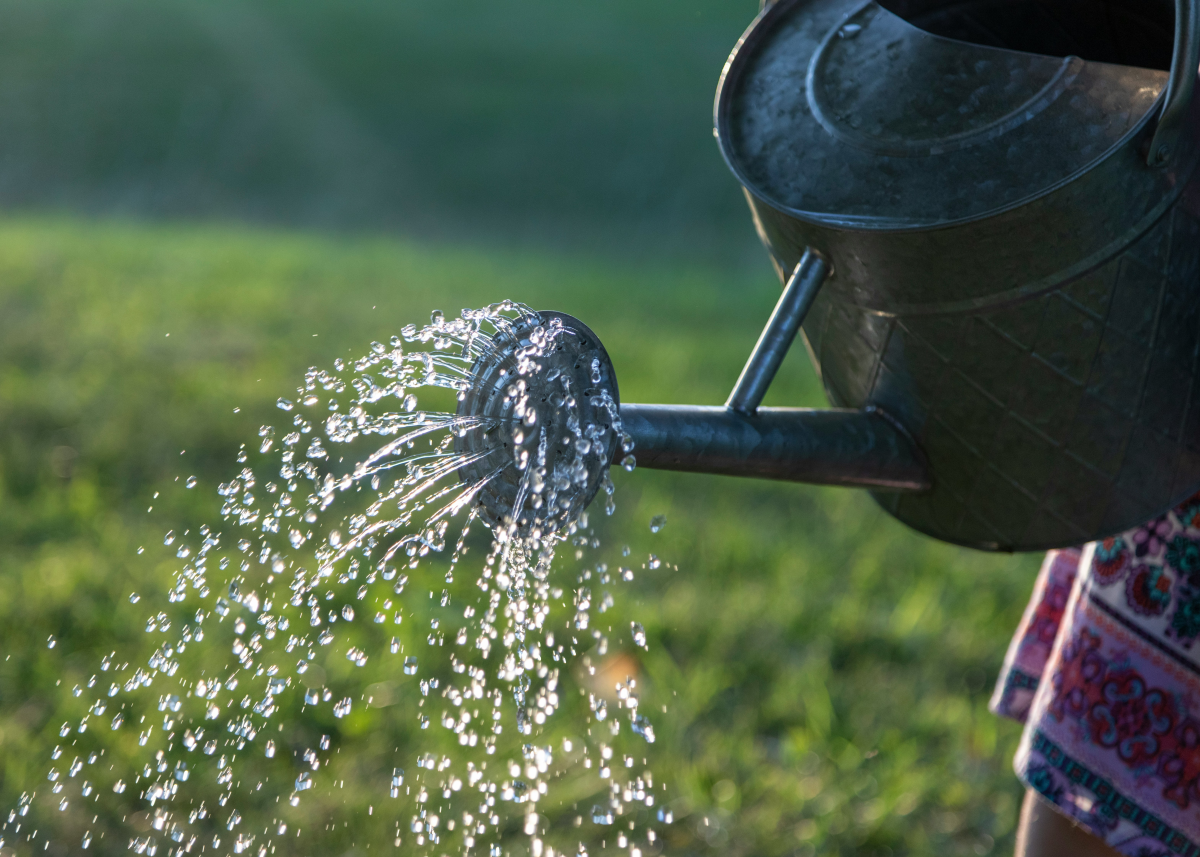
Care and maintenance for mature plants
Regular Watering: Mature mango trees have extensive root systems and can tolerate a bit more variability in watering. However, during dry periods, supplemental watering helps ensure continued health and productivity.
Balanced Fertilization: Mature trees benefit from annual applications of a balanced, slow-release fertilizer to support their larger size and fruit production needs. Adjustments may be needed based on the tree’s health and the soil’s nutrient content.
Pruning for Shape and Airflow: For mature trees, pruning becomes more focused on maintaining tree shape, removing unproductive branches, and ensuring good airflow through the canopy. This helps in reducing disease risk and supporting fruit production.
Prompt Pest and Disease Management: Mature trees can still fall victim to pests and diseases. Regular inspections and integrated pest management strategies remain essential to safeguard the tree’s health and ensure a healthy crop of mangoes.
Mature mango trees need deeper watering, fertilization, and pruning
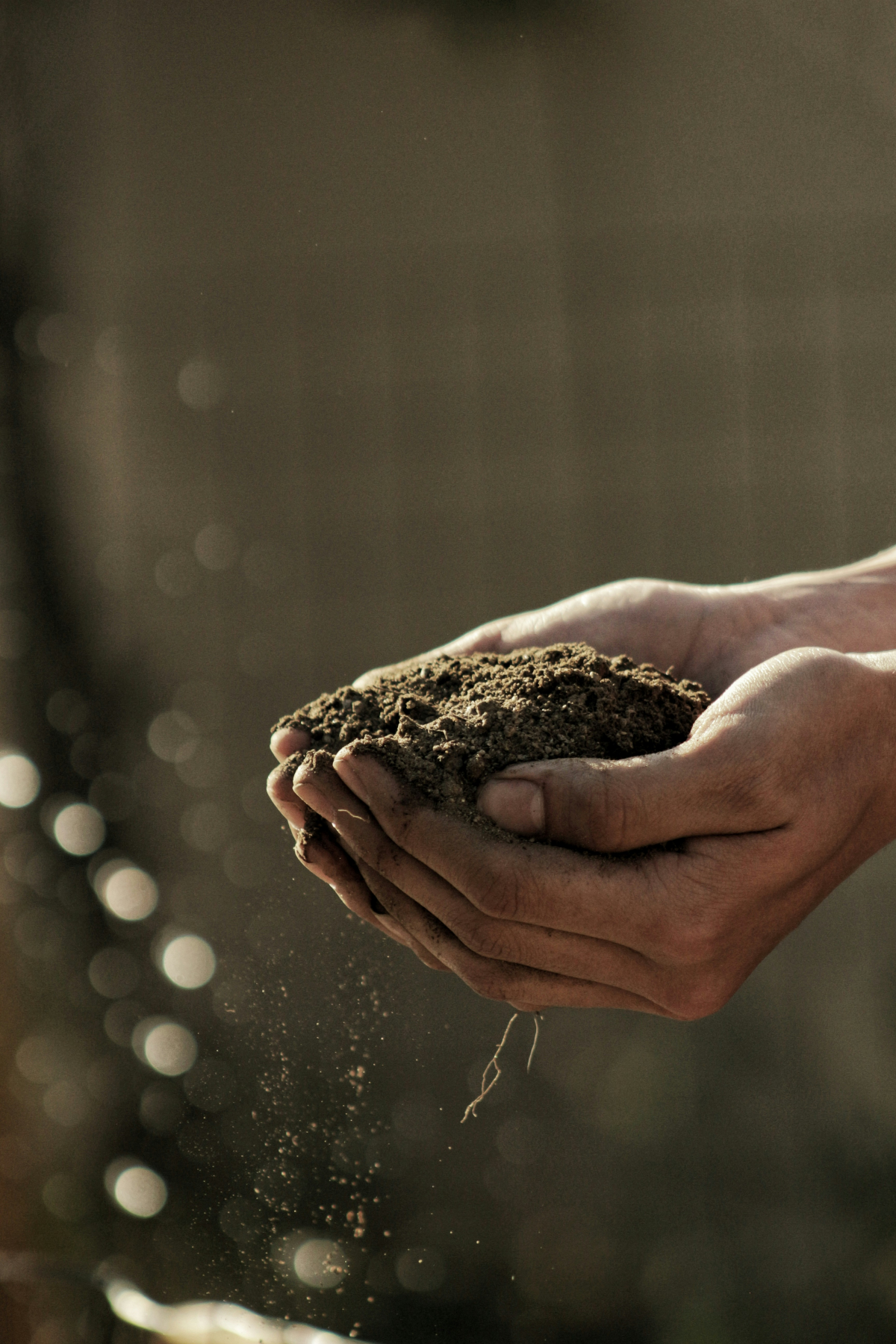
Common issues
Growing a mango tree brings its share of challenges, like leaf discoloration, stunted growth, and pest infestations. Leaf issues often signal water stress or nutrient deficiencies; addressing these with proper watering and targeted fertilization can bring back that lush greenery. Stunted growth might mean the tree’s battling for resources or not getting enough light. Ensuring it’s planted in nutrient-rich soil and a sunny spot can kickstart growth. Pests, a common headache, can be managed with organic solutions like neem oil, a safer choice for both the tree and the environment. My gardening mantra is to stay proactive and observant—regular checks and early interventions prevent minor issues from becoming major problems. Through trial, error, and a lot of patience, I’ve learned that understanding and quickly responding to your mango tree’s needs is the key to overcoming these gardening challenges.
Tackle common issues like pests with proactive, observant care
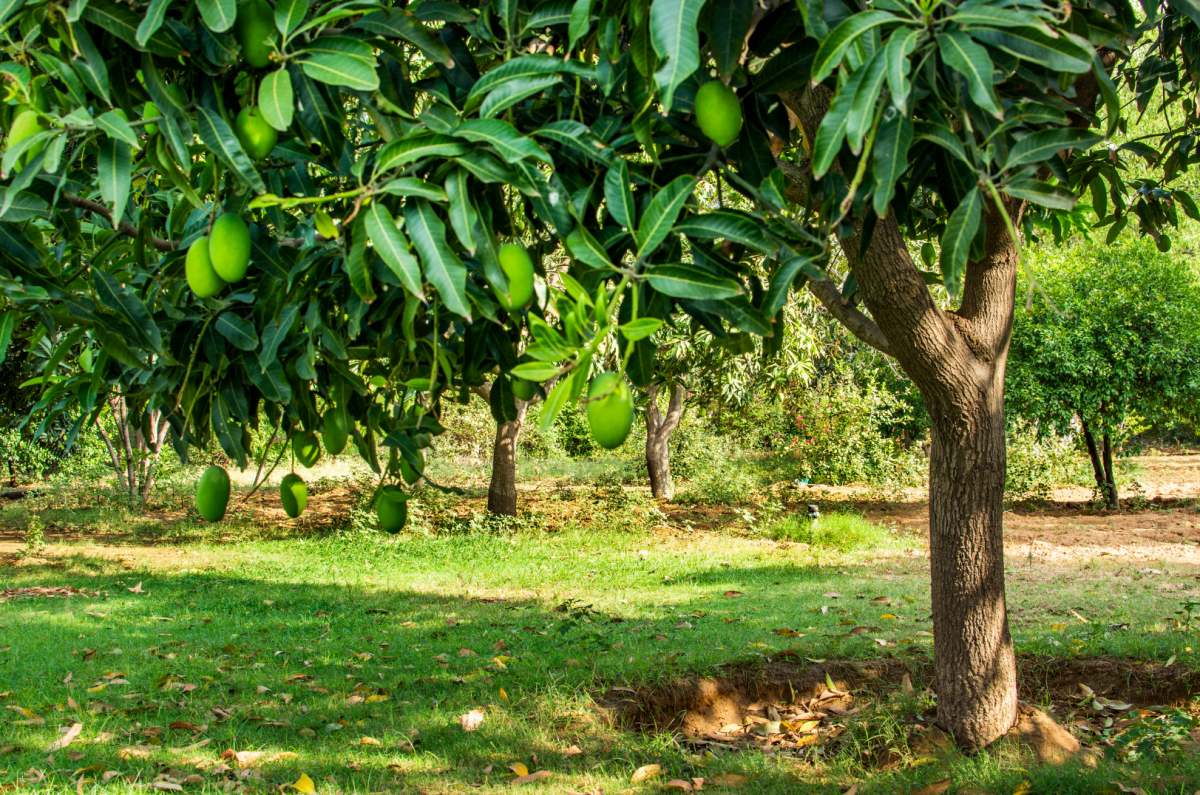
Harvesting
The ultimate reward of nurturing a mango tree is undoubtedly the harvest. Patience is key, as it may take a few years for the tree to mature and bear fruit. However, the anticipation builds a deeper connection to the gardening process. When the mangoes begin to exude a sweet, enticing aroma and their skin yields slightly under gentle pressure, you’ll know the wait has been worth it. Harvesting these golden gems, ripe from the branches of a tree you’ve raised from a pit, is an unrivaled joy. My first harvest was a landmark moment, a tangible result of years of attentive care, from watering and pruning to defending against pests. It’s a celebration of the cycle of growth and the fruitful bond between gardener and nature. Each mango, bursting with flavor, serves as a delicious reminder of the journey from pit to plate.
Harvesting ripe mangoes from your tree is the ultimate gardening reward
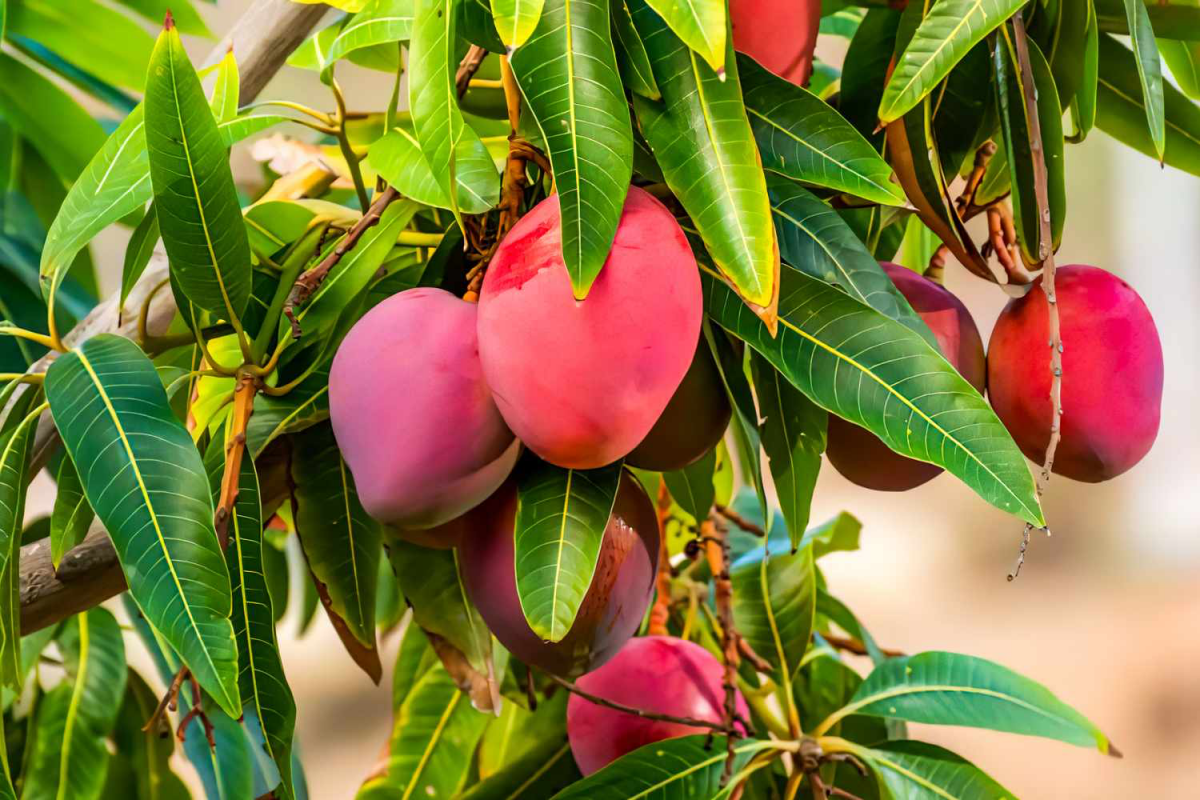
Growing a mango pit into a thriving plant is a fulfilling project that can yield delicious fruits for years to come. My own experience has been a journey of learning, patience, and ultimately, success. Whether you’re a seasoned gardener or a curious beginner, I encourage you to embark on this green adventure. The satisfaction of enjoying a mango from your own tree is unparalleled and well worth the effort. Remember, every mango pit holds the potential for a new beginning. With a bit of care, you too can transform it into a bountiful mango tree.
Every step from pit to harvest enriches your gardening experience
